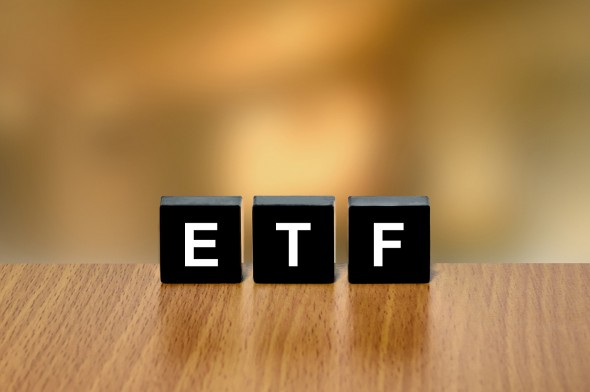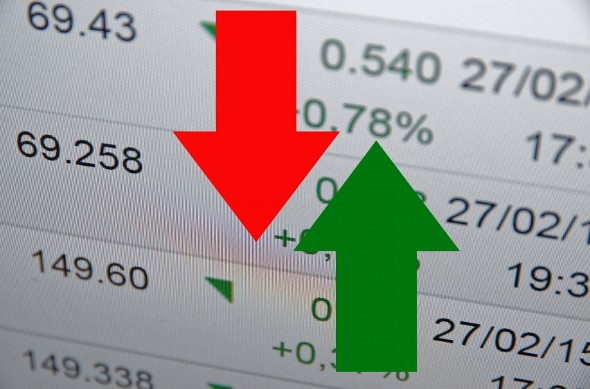
Exchange-traded funds, or ETFs, are popular investment securities that track stock market indexes, a particular commodity, bonds, or a particular category of assets like tech stocks. A leveraged ETF is a particular type of ETF that uses debt or financial derivatives to boost the potential for returns. However, this also applies to losses, making leveraged ETFs somewhat risky investment choices. But like other investment, you must thoroughly evaluate them before making any final decision about whether they should occupy a spot in your portfolio. A financial advisor can provide insight and guidance in your selection of ETFs and other types of funds.
What Is a Leveraged ETF?
Let’s say you want to buy shares in an ETF that tracks a particular index like the S&P 500. If you buy shares in a regular ETF, your shares will track that index. So, for example, if the value of the underlying index appreciates by 1% on a given day, the value of the ETF follows suit.
On the other hand, a leveraged ETF lets investors use debt to buy more ETF shares, or use derivatives to magnify the investments of buyers in a particular index. So, if you invest in a 3x leveraged ETF, its return ratio would be 3:1. In turn, should the value of the underlying index increase by 1% on a given day, your returns would actually be 3%. The daily nature of these funds ultimately makes them best suited to be short-term securities.
Leveraged ETFs come in regular and inverse form. Inverse leveraged ETFs are just the opposite of leveraged ETFs. An inverse ETF takes a short position on the underlying asset. That means that an inverse ETF investor is betting on an index to decline. So, if the S&P 500 loses value and you have an inverse ETF that tracks the S&P 500, you win. But if the S&P 500 gains value, you lose.
Because of their upside potential, leveraged ETFs are inherently volatile. When you buy a leveraged security, you’re taking the natural volatility of the stock market and multiplying it by the ratio of your leverage. Because leveraged ETFs compound daily, it can be hard to come back from big losses. For reference, if the value of your leveraged ETF’s underlying index drops by 1%, your returns would instead shrink by 3%. Here’s an example of how this process unfolds after four days:
Example of Leveraged ETFs vs. Regular ETFs
| Type of ETF | Initial Investment | Day 1 Returns | Day 2 Returns | Day 3 Returns | Day 4 Returns |
| Regular ETF | $1,000 | ↑ 5% = $1,050 | ↓ 6% = $987 | ↓ 7% = $917.91 | ↑ 3% = $945.45 |
| Leveraged ETF | $1,000 | ↑ 5% = $1,100 | ↓ 6% = $968 | ↓ 7% = $832.48 | ↑ 3% = $882.43 |
Types of Leveraged ETFs

Leveraged ETFs have been around since the mid-2000s, and there are a few hundred different options investors can pick from. ETFs are well known for their wide market coverage, and leveraged ETFs are no different. Some of the largest industries that leveraged ETFs exist in include healthcare, biotechnology, mining, consumer goods, oil, gas, energy and more. You can also select from bullish and bearish market exposures.
Once you know where you want to invest, you need to pick a specific leveraged ETF. They are divided into two overarching categories: 2x funds and 3x funds. Just like their nomenclature indicates, 2x funds adhere to a 2:1 investment ratio, whereas 3x funds earn at a 3:1 clip.
According to ETFDatabase.com, here are the top 10 largest leveraged equity ETFs in terms of assets under management (which are rounded) as of March 2023:
- ProShares UltraPro QQQ (3x) – $11.25 billion
- Direxion Daily Semiconductor Bull (3x) – $4.85 billion
- ProShares Ultra QQQ (2x) – $3.22 billion
- ProShares Ultra S&P 500 (2x) – $3.20 billion
- Direxion Daily S&P 500 Bull (3x) – $2.44 billion
- ProShares UltraPro S&P500 (3x) – $2.22 billion
- Direxion Daily Financial Bull (3x) – $1.84 billion
- MicroSectors U.S. Big Oil Index (3x) – $1.63 billion
- Direxion Daily Technology Bull (3x) – $1.44 billion
- Direxion Daily Small Cap Bull (3x) – $1.11 billion
Drawbacks of Leveraged ETFs
Whenever you’re considering your asset allocation, it’s a good idea to try to minimize the fees you pay for the management of your investments. Leveraged ETFs come with around 3% management fees, which is much higher than regular ETFs. This unfortunately indicates you won’t see the full 2x or 3x return from your leveraged ETFs once fees are accounted for.
The twin effects of compounding and leverage mean that the value of a leveraged ETF can stray from the value of its underlying index over time. So, after 10 days, if the S&P 500 is up, you may think that you’re up as well. But if over the course of those 10 days the S&P 500 gained and lost value, the leveraged ETF might actually be down. This can happen when an index sees big losses and, because of compounding interest and leverage, can’t recoup them.
That’s why traders will sometimes own a leveraged ETF for just one day. Of course, any security that you’re trading frequently will incur trading fees. All in all, that can make leveraged ETFs a risky and expensive proposition for the average investor.
Bottom Line

Because of their high fees, leveraged ETFs don’t tend to be the kind of buy-and-hold securities that long-term investors make. Leveraged ETFs are more the province of short-term traders who want to take a more active role in their investments. To be clear, it’s not necessary to manage your investment portfolio actively. A low-fee index fund that tracks the market can do just fine if you’re investing your retirement savings. But if you have extra money to burn and you’re interested in trading as a hobby, the leveraged ETF might be of interest to you.
Investing Tips
- If you’re making money, Uncle Sam knows about it. Taxes usually come in the form of automatic payments from your paychecks, but investment returns are a bit different. For this, you’ll need to learn about the capital gains tax. SmartAsset’s capital gains calculator can aid you in figuring out exactly what you might have to pay.
- It never hurts to consult a financial advisor if you’re new to the investment game. If you don’t have a financial advisor yet, finding one doesn’t have to be hard. SmartAsset’s free matching tool matches you with up to three vetted financial advisors who serve your area, and you can interview your advisor matches at no cost to decide which one is right for you. If you’re ready to find an advisor who can help you achieve your financial goals, get started now.
Photo credit: ©iStock.com/SIphotography, ©iStock.com/pichet_w, ©iStock.com/G0d4ather